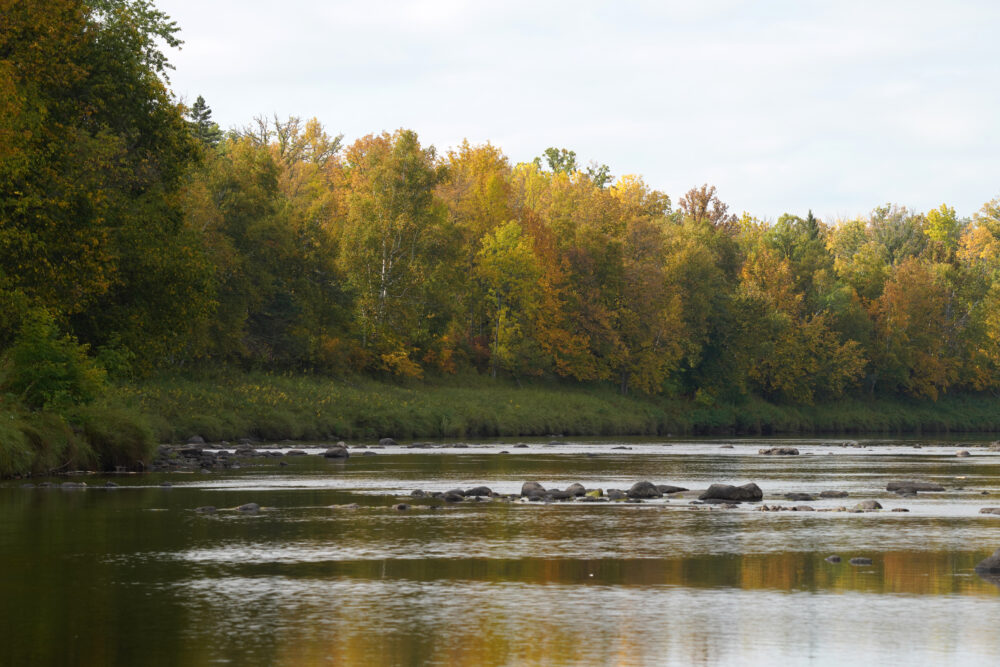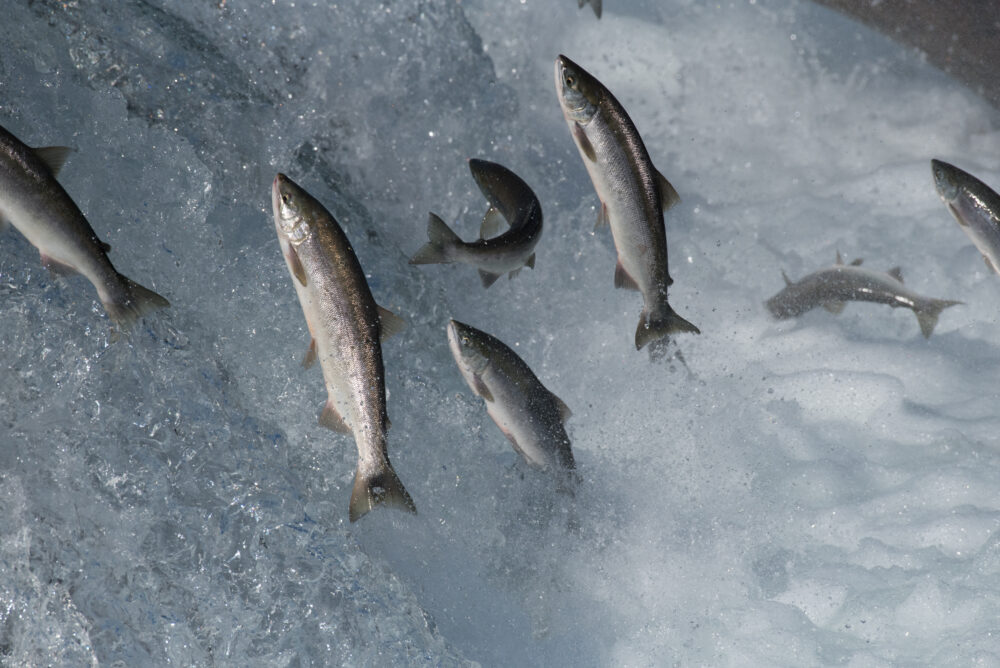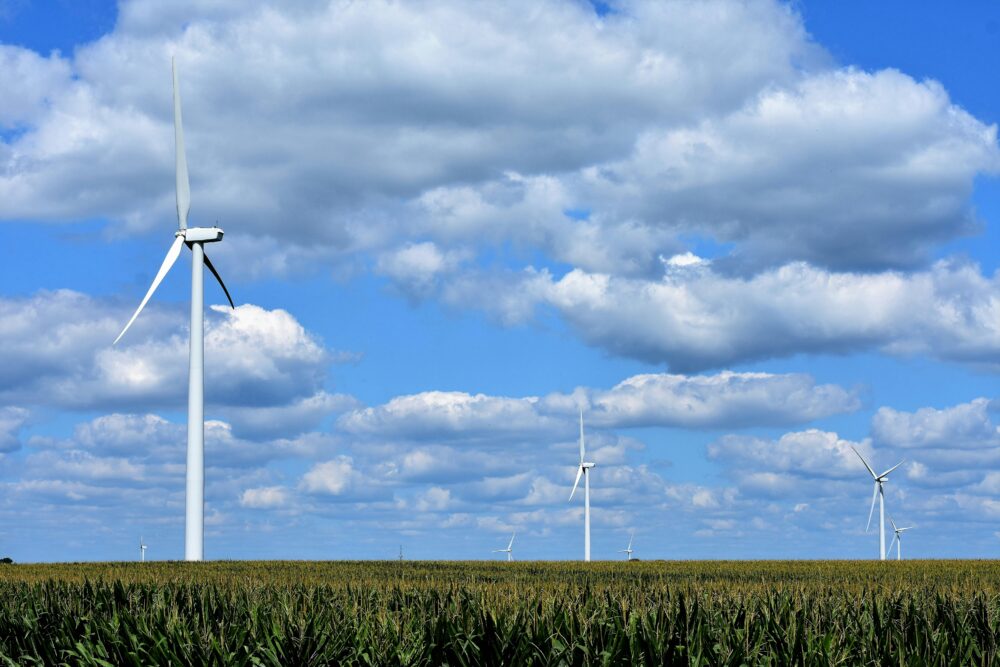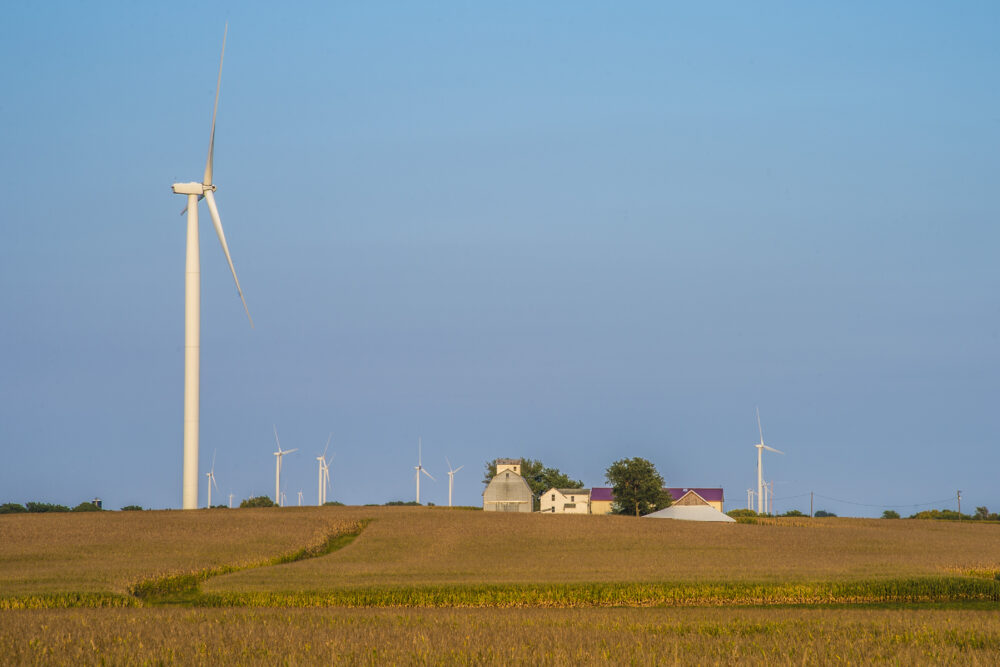We have much more to do and your continued support is needed now more than ever.
New Agency Decision Could Mean More Reliable Clean Energy, Sooner
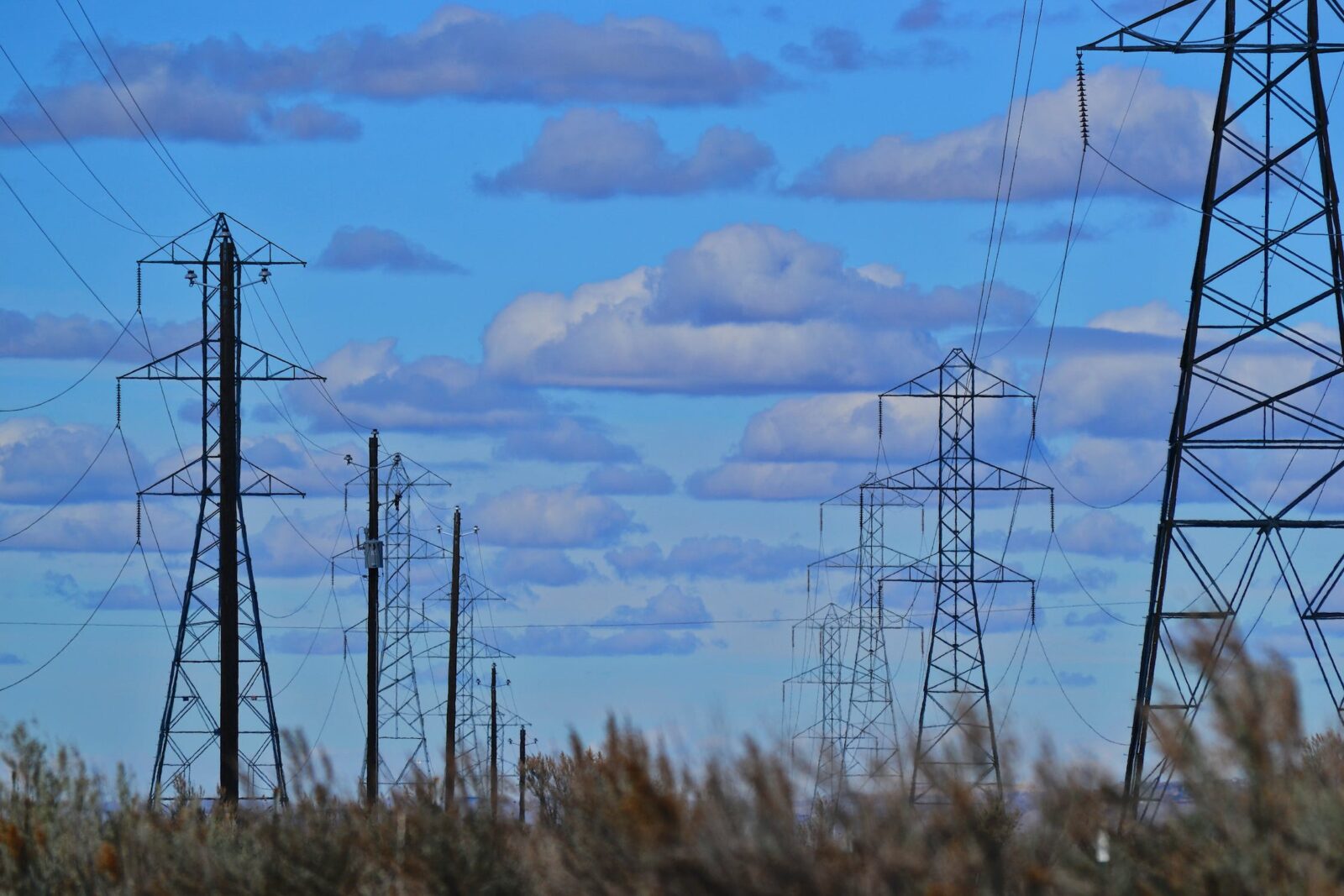
As developers around the country race to take advantage of federal dollars to speed up wind and solar development to meet the U.S.’s climate goals, our electric grid struggles to keep up.
In 2022, there were over 10,000 active requests for renewables to interconnect to the power grid. These requests blew previous records out of the water and marked a 40 percent increase from the previous year. These pending requests stifle our progress to make electricity affordable and clean for everyone. In fact, it takes an average of up to 10 years to build new transmission lines, which means higher administrative costs to utility customers.
In response, the Federal Energy and Regulatory Commission (FERC) issued a new order on July 28th to expedite the development of new generation while protecting reliability and ensuring that rates are just and reasonable for customers.
The new rule, although over 1,500 pages, can be summarized in three categories: prioritizing projects that are ready to go, improving application processing, and incorporating technological advancements.
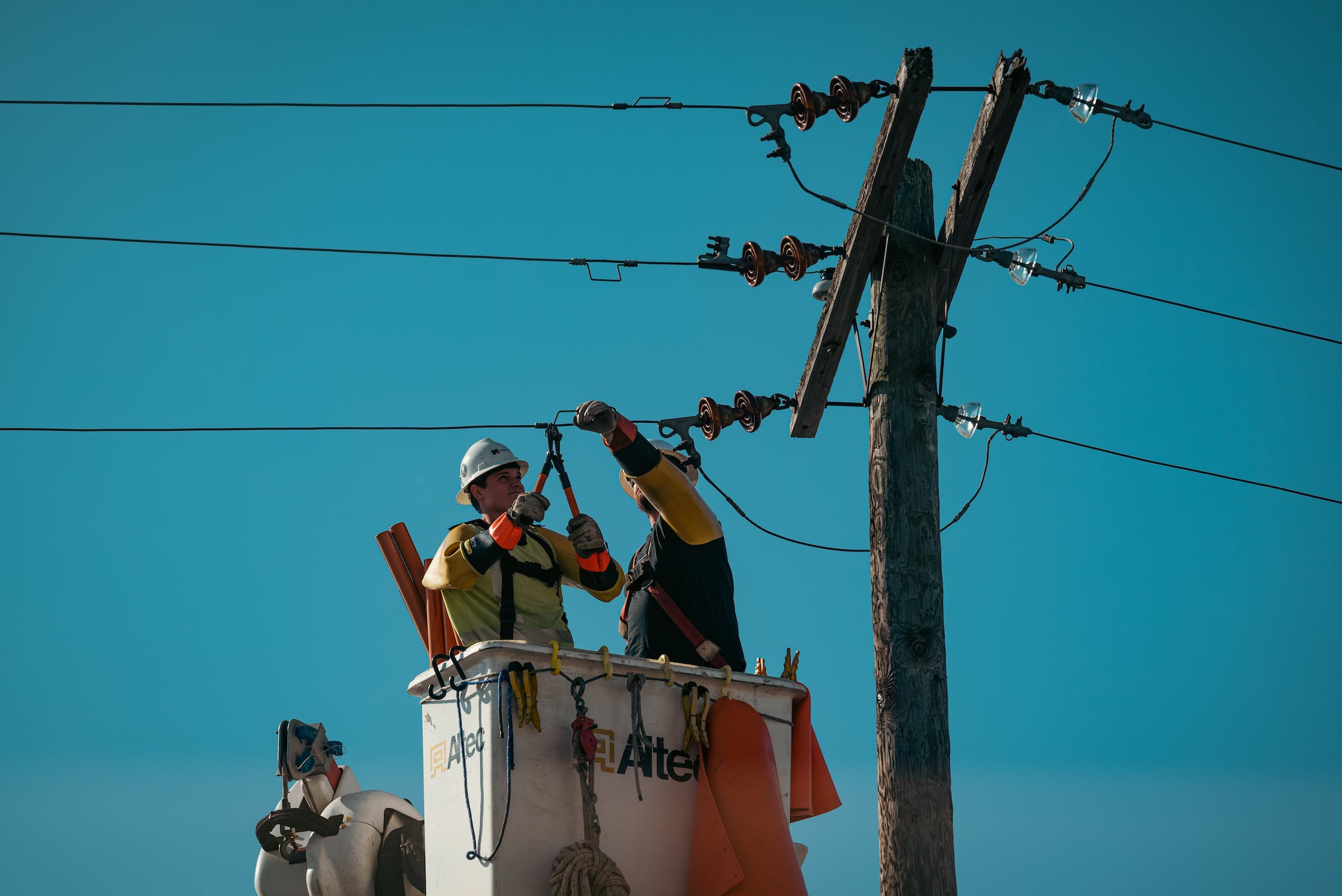
Prioritizing Projects That Are Ready To Go
FERC conducts a study and reviews every proposed transmission project before granting a project approval. Arguably the most important change to the commission’s rules is the transition away from reviewing applications on a first-come-first-served basis and implementing a new cluster study process. This process will prioritize projects that are the closest to being ready for deployment. The first-come-first-served process made sense when most requests were for large, traditional generating facilities. However, high volumes of interconnection requests, dramatic changes in the energy industry in favor of distributed generating sources, and the emergence of new technologies required made the old application process ineffective. Basically, the projects that are “ready to go” will be studied together to create a more efficient timetable for studies.
Improving Application Processing
The new application process will enforce increased financial and commercial readiness requirements for energy generation developers. Data from the Department of Energy shows that in the past decade, only 23 percent of proposed generating facilities reached commercial operation while 72 percent were withdrawn. Stricter requirements will reduce the number of submissions, and discourage developers from submitting half-baked proposals that can interfere with project wait times and planning decisions.
Incorporating Advances in Technology
The new rule requires transmission providers to evaluate a variety of modern-day technologies that will better equip the grid to be more resilient and better manage renewable energy entering the grid. Additionally, developers must now allow for multiple energy-generating facilities to co-locate at the same interconnection point, which would allow for a solar plant and a fossil fuel plant to connect to the grid from the same location. This will allow for greater flexibility to meet our energy demands with clean energy sources. These advancements will improve how efficiently we are able to transport energy, and will ultimately reduce the overall need for additional transmission infrastructure.
While this new Order aims to revolutionize interconnection in the U.S., it is far from a complete fix.
Notably, the rule bypasses the steep regulatory hurdles that multi-state transmission projects face when trying to get approval from multiple system operators in each state and fails to address regional planning and cost-sharing agreements between them.
However, it should be reassuring for project developers and clean energy advocates alike that the acting Chair for FERC, Willie Phillips, stated in a recent letter sent to Senate Majority Leader Chuck Schumer that this new rule “is just a start,” signaling that additional reforms are soon to come.
Learn more about how we can swiftly increase the capacity of the U.S. transmission system – key to ensuring everyone receives the benefits of affordable renewable energy – by checking out the National Wildlife Federation’s Clean Energy Transmission Policy Platform.


